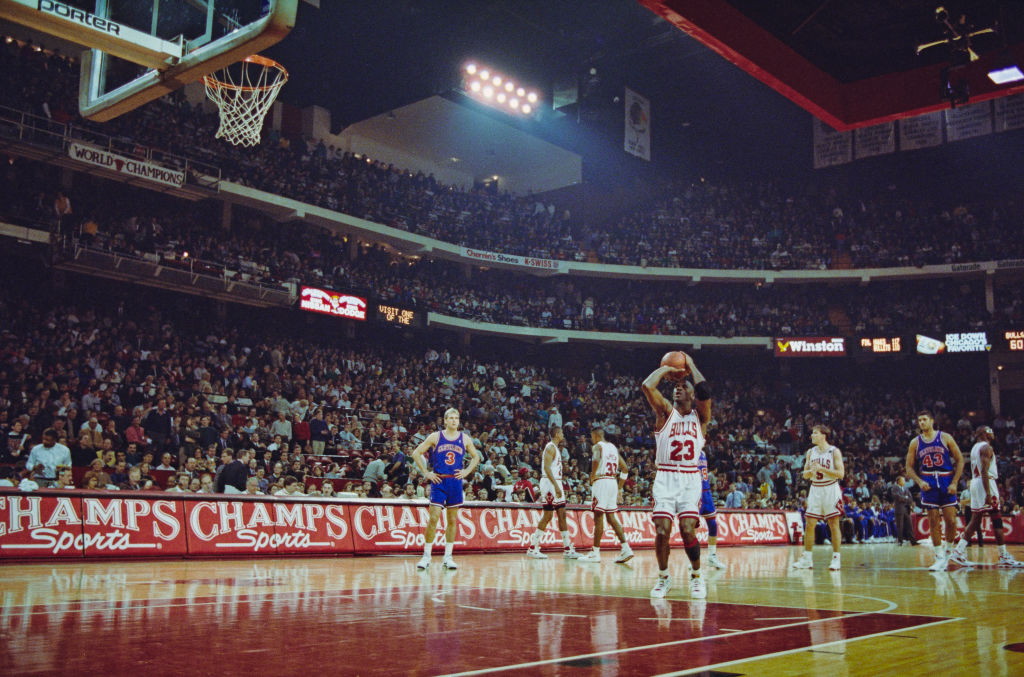There are three ways to start a story on Chicago’s South Side: with basketball, with the blues, or with both.
We are in 1926. The southern district of chitown live in the time of The hit; with Paul Newman and Robert Redford being handsome and mischievous among factories, smoke and exposed brick buildings. European immigrants have inhabited the neighborhoods of the South Side since the 19th century, but now they are seeing waves of African-Americans fleeing the southern United States. Most from the Mississippi Delta region. His goal is to start a new life in a north that, in theory, is freer.
And it ended up being, only less than they expected.
The thousands of blacks who have come to the South Side of Chicago adopt the same sport there as their counterparts from other northern cities: from New York, Boston, Detroit. A discipline that a certain James Naismith invented in 1891, baptized as basketball, and to which they begin to play in their very particular way. A freer, more physical, more fun and uninhibited than the one played in the YMCA schools, in the universities. In places that African-Americans do not have access to in the early 20th century.
On the South Side, few interpret this new basketball score like the Savoy Big Five, a show team made up of African-American players, something like the first ball jugglers. In 1928, many of its members split up to form their own team: their new name, the Globe Trotters.
That’s when Abe Saperstein, a Jewish émigré in Chicago, sees the opportunity. He becomes manager and coach of the group, taking it on tour all over the US. And since the Harlem neighborhood in New York was at that time the center of African-American culture, of which that basketball played with free rein and without a handbrake was becoming a fundamental part, Saperstein renamed the South Side set of Chicago with the name that went down in history: Harlem Globetrotters.
The emergence of the Chicago blues
The Harlem Globetrotters became the emblem and flag of Afro basketball at a time when the NBA still did not accept black players. In fact, when the league opened its doors to everyone, regardless of skin color, in the 1950s, many of its African-American pioneers—Chuck Cooper, Nat Sweetwater Clifton, Hand DeZonie, Wilt Chamberlain—had previously come through the Harlem Globetrotters. .
To read this complete text and access many more advantages, subscribe to extra nbamaniacs (nbamaniacs.com ad-free + podcast + special texts + newsletter + Discord chat with writers and other subscribers)
We want to thank the writer of this write-up for this amazing material
South Side Stories: Basketball and the Blues

